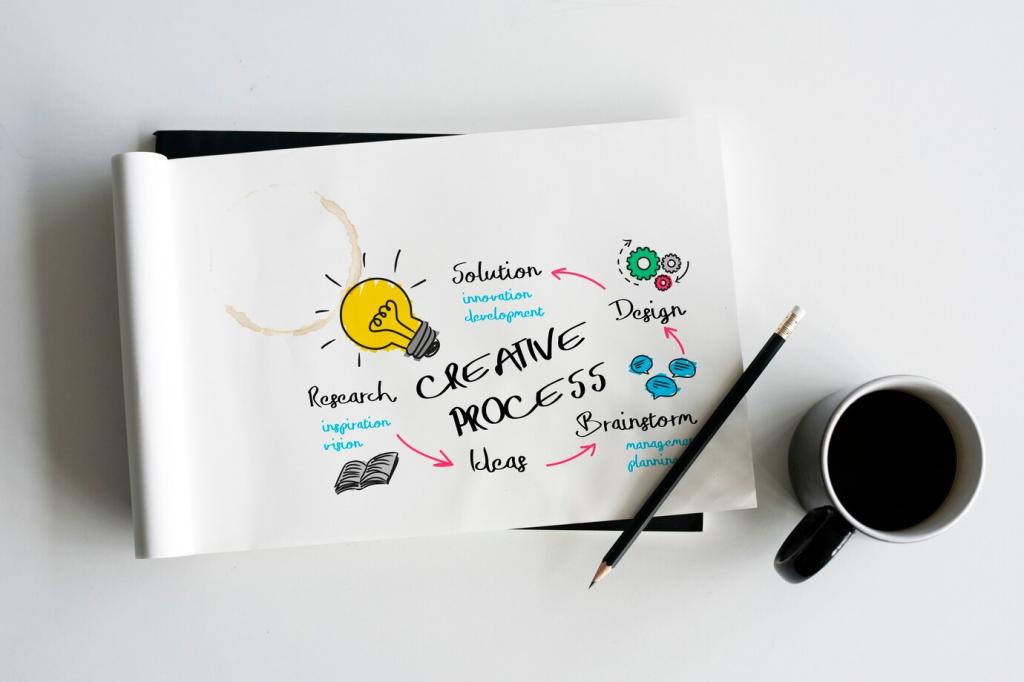Effective Copywriting Techniques for Interior Designers
Chosen theme: Effective Copywriting Techniques for Interior Designers. Turn elegant ideas into compelling words that win projects, calm doubts, and guide dream clients home. Stay with us, share your questions in the comments, and subscribe for weekly prompts tailored to design studios.


Know Your Reader: Copy That Speaks to the Dream Room
Sketch more than demographics—capture morning routines, aesthetic vocabulary, preferred materials, budget worries, and decision triggers. When you write to one vivid person, your words feel handcrafted, intimate, and unmistakably relevant to the people you most want to serve.
Know Your Reader: Copy That Speaks to the Dream Room
Name the value only you deliver: maybe serene storage for small apartments, or daylight-first kitchens for busy families. Anchor every paragraph to this promise so readers recognize your signature approach and feel safe trusting you with their most personal spaces.
Headlines With Texture: Make Readers Feel the Space
Lead With Outcomes, Not Ingredients
Swap “Premium custom cabinetry” for “Mornings that glide—everything in reach, nothing in sight.” Benefits translate features into lived experience. Readers want calmer breakfasts and brighter corners, not just oak dovetails or marble names that never touch everyday life.




Your Website Blueprint: Layouts That Guide and Persuade
Open with a crisp promise, follow with quick credibility—awards, testimonials, or notable publications—and end with a gentle path: “Explore projects” or “Start your design inquiry.” Don’t crowd; give whitespace so meaning and mood can breathe.

Your Website Blueprint: Layouts That Guide and Persuade
Organize by need, not jargon: new-build guidance, kitchen refresh, space planning for downsizers. For each, name pains, describe process, show a mini outcome, and invite the next step. Specificity reassures and reduces the fear of making a costly mistake.

Research Intent, Not Just Keywords
Target phrases that reveal readiness: “Scandinavian kitchen remodel Denver” or “small condo space planning ideas.” Use long-tail specificity, then write naturally. Align pages to distinct intents so each query finds a page that answers clearly, elegantly, and completely.

Structure Pages for Skimmers and Bots
Use one H1, logical H2s, descriptive alt text that names materials and mood, and concise internal links. Most readers scan; clear hierarchy helps them, while search engines understand relationships—improving both usability and findability without decorating sentences with fluff.

Meta Descriptions That Whisper an Invitation
Treat 150–160 characters like a foyer: set expectation, highlight one benefit, add a soft CTA. Avoid keyword stuffing. Test previews, and ensure the first words matter on mobile where space shrinks and decisions happen in a blink.


Calls to Action That Invite, Not Interrupt
Add a CTA right after a transformation story or testimonial. Use microcopy that matches your brand voice: “Let’s plan your calm kitchen.” Avoid generic “Submit.” Reduce friction with clarity on response times and what happens after clicking.
Calls to Action That Invite, Not Interrupt
Create a seasonal lookbook, a renovation timeline checklist, or a style clarity quiz. Make each deliverable genuinely helpful and beautiful. Then nurture subscribers with thoughtful tips, not constant pitches. Invite replies to start warm, human conversations.

Instagram Captions with Useful Detail
Pair every photo with one decision you made: the reason for matte hardware, the direction of wood grain, or the lighting temperature at dusk. Invite saves with tips, and guide followers to your portfolio for deeper, project-by-project narratives.

Design a Gentle Welcome Sequence
Send three emails: your philosophy, a valuable resource, then an invitation to discuss a project. Keep cadence consistent and content generous. A studio in Portland reported warmer consultations after prospects received process clarity before any phone call.

Subject Lines and Preheaders That Earn Opens
Combine clarity with a hint of intrigue: “A five-minute hallway fix” paired with a preheader promising the layout sketch. Test variations, but keep promises honest. Trust compounds when readers get exactly what the subject line quietly suggests.
Consistency and Craft: Editing Like a Designer
Create a Brand Voice Guide
Document preferred adjectives, banned clichés, punctuation style, and examples of on-brand sentences. Share with collaborators so captions, proposals, and blog posts feel cohesive. A short guide guards against drift and speeds approvals across every platform.
Plan an Editorial Calendar Around Real Milestones
Align topics with seasons, launch dates, and project reveals. Batch write intros, gather quotes from clients, and schedule posts ahead. Consistency builds trust, and trust turns quiet readers into confident inquiries when timing finally matches their readiness.
Read Aloud and Listen for Rhythm
Great copy breathes. Read every page aloud; trim where you stumble, shorten after long sentences, and sharpen verbs. Record a quick pass and listen like a client would. If it sounds calm and clear, it will convert.
